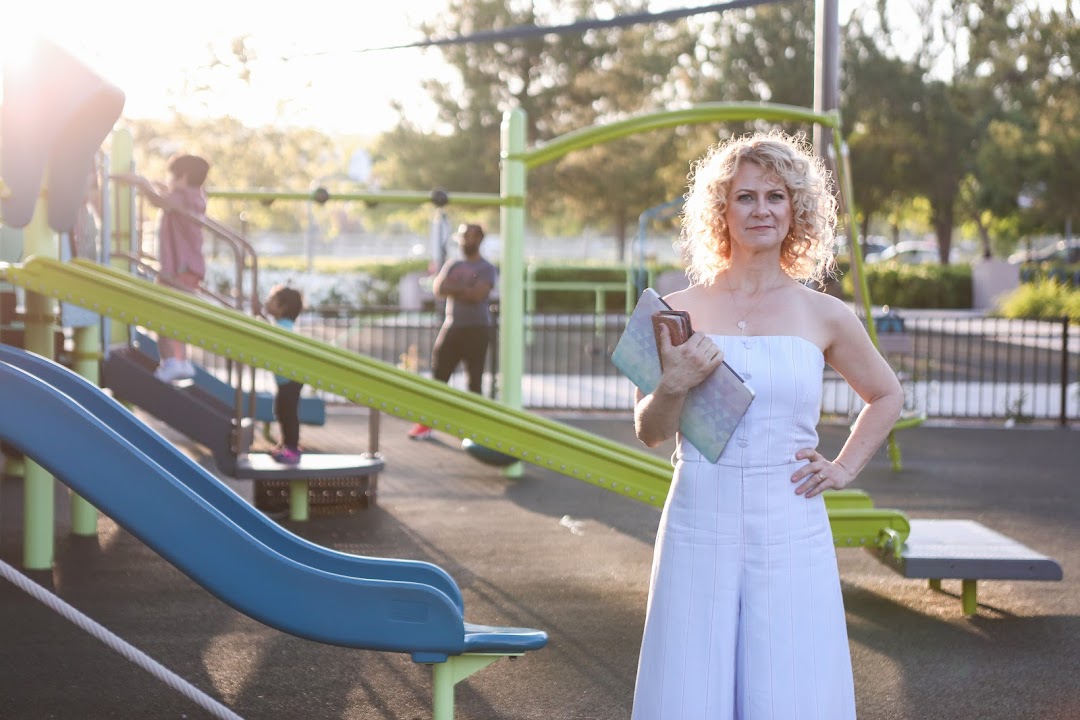The life-saving tech you can wear on your wrist
It’s hard to imagine that your watch could save your life, but that’s exactly what happened to Joe Plumb, who was diagnosed with type 1 diabetes as a child. To mark World Patient Safety Day, he shares his story with This Is MedTech.
“My blood sugar levels were all over the place and I wasn’t very well. My levels must have shot down very fast because I fell unconscious,” the 26-year-old mental health and anti-bullying advocate says. “When I came round, I was surrounded by doctors, paramedics and my dad, who my smart watch had notified as soon as I collapsed.”
People with type 1 diabetes are not able to produce the hormone insulin, which regulates blood sugar levels. The cause is unknown, but having a close relative with the disease puts you at a slightly higher risk. In Joe’s case, his sister was diagnosed three years before he was.
Checking and managing your blood sugar levels is extremely important to help reduce the risk of serious health problems.
To this end, Joe wears a continuous glucose monitor (CGM), a small medical device that’s attached to his upper arm and updates his blood sugar levels every minute. The CGM is synced with his smartwatch – so-called wearable technology – which has the medical alert features that saved his life.
“I was very lucky. Without the watch, the outcome could have been very different,” comments Joe. “The watch alerts my emergency contacts and calls an ambulance if it detects that I’ve fallen and I’m not moving. It also automatically sends them my blood sugar levels and other vital medical information.”
Joe is grateful for the technology. “Anything can happen with diabetes. Having the watch is an extra safeguard. Knowing that something has my back takes some of the stress away because I’m always thinking about it,” he notes. “The watch is especially helpful for people like me with a busy lifestyle. Just a quick flip of my wrist and I know my levels.”
In the future, Joe would love to go one step further with the medtech and get a closed loop system (or an artificial pancreas), which is a CGM combined with an insulin pump that automatically injects the doses of insulin your body needs to help keep your blood sugar levels stable. “Having a break from constantly thinking about diabetes would be a dream come true,” says Joe.
Even if he gets the artificial pancreas, Joe will still use his smartwatch in the same way he currently uses it. “It’s so easy for my friends, family and medical team to see what’s going on. It offers flexibility for the hospital and patient, and it also makes me feel like I’m not on my own.”
This year’s World Patient Safety Day theme is “engaging patients for patient safety”, in recognition of the crucial role patients, families and caregivers play in the safety of health care. We can’t think of a better example of this than Joe and his wearable tech!






